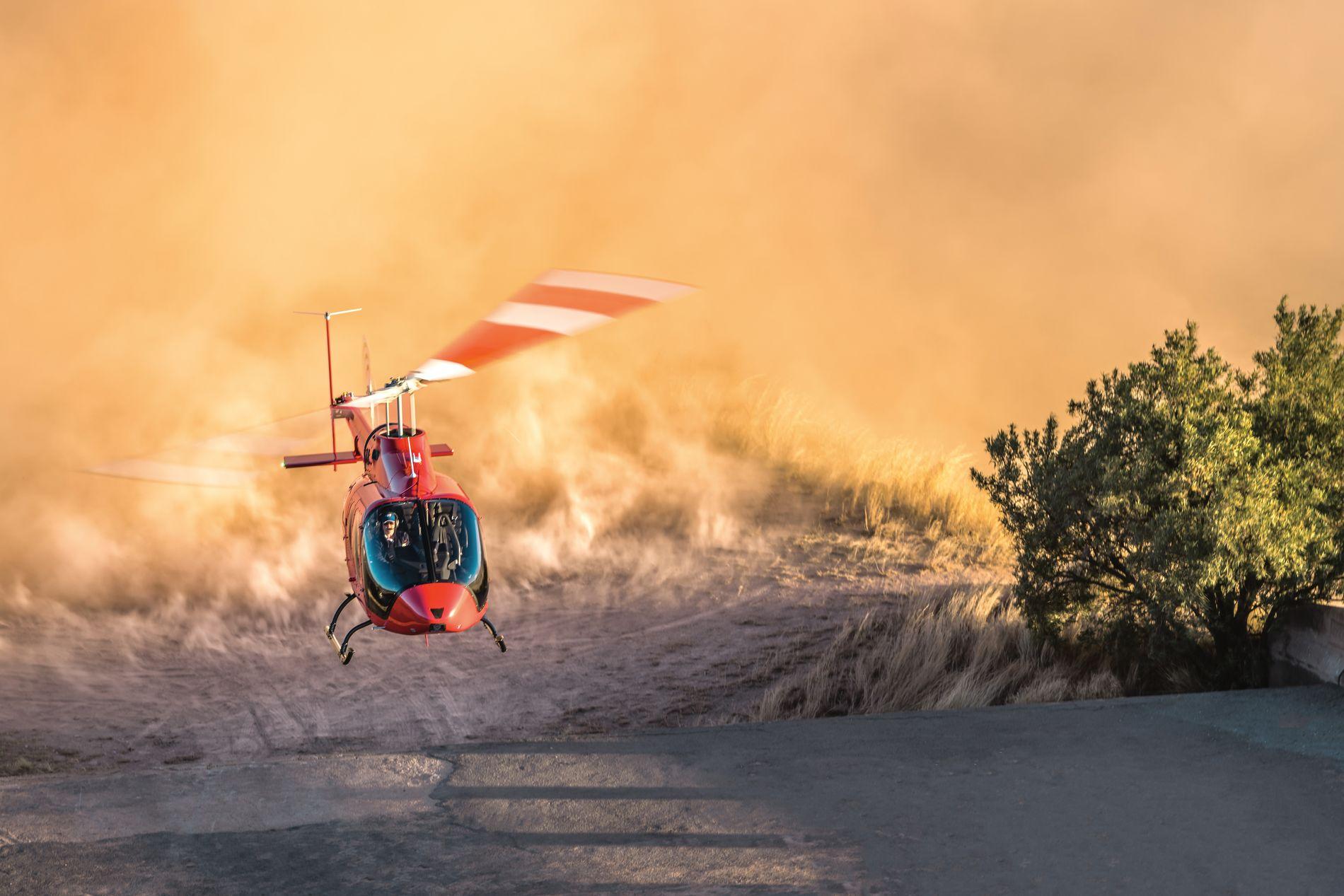
Bell is hopeful that its 505 light single-engined helicopter can capture more of the Asia-Pacific's training needs.
Credit: Bell Textron
India’s growing need for improved connectivity and its expected demand for emergency medical helicopter services could be Bell’s “greatest opportunity” in the Asia-Pacific region, the company’s regional managing director Sameer Rehman says. The country’s rapid growth, Prime Minister Narendra Modi’s...
Subscription Required
This content requires a subscription to one of the Aviation Week Intelligence Network (AWIN) bundles.
Schedule a demo today to find out how you can access this content and similar content related to your area of the global aviation industry.
Already an AWIN subscriber? Login
Did you know? Aviation Week has won top honors multiple times in the Jesse H. Neal National Business Journalism Awards, the business-to-business media equivalent of the Pulitzer Prizes.
